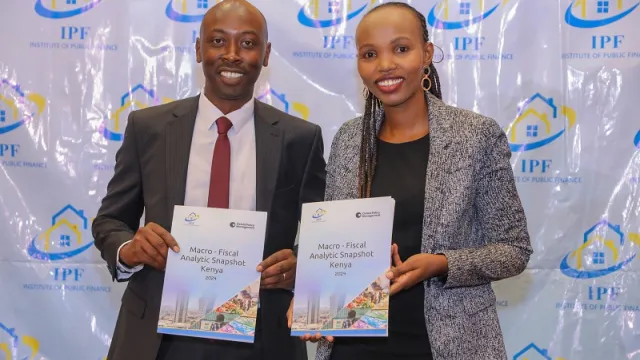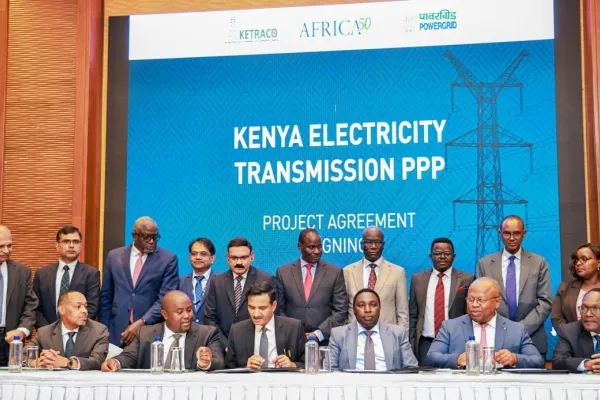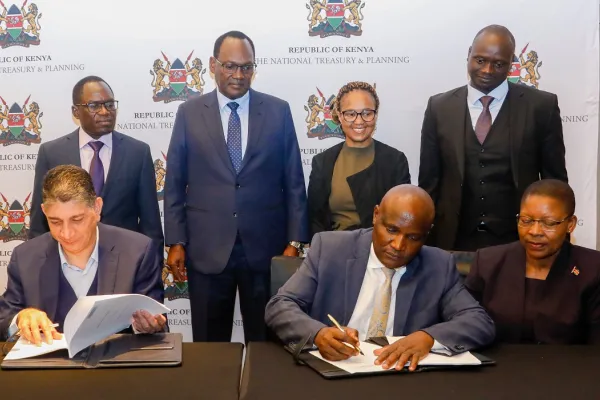Alarm for HIV and AIDS patients as donor funding dries up

Alarm for HIV and AIDS patients as donor funding dries up
HIV and AIDS patients in Kenya, as well as children seeking immunization, stare at an uncertain future as key donor financing partners PEPFAR and Gavi phase out funding for crucial projects. This comes at a time when the national government health budget is on a steady decline.
PEPFAR, one of the major donors for HIV/AIDS treatment and prevention programs in Kenya, plans to collaborate with the government on a transition plan for HIV financing.
This move will include moving PEPFAR-supported Human Resources for Health to the government payroll at both the national and county levels.
PEPFAR has already phased out some of its support towards counties for various projects, the Institute of Public Finance's Macro-Fiscal Analytic Snapshot Kenya 2024 report says.
As a result, the Ministry of Health, in the Medium-Term Expenditure Framework for the period 2023/24 – 2025/26, is calling for a scale-up of domestic resource mobilization, primarily for HIV, TB, malaria, vaccines, nutrition, reproductive, maternal neonatal, child and adolescent health, and blood transfusion services. This call is meant to help bridge the gap caused by shrinking donor funding.
Revenue decline
Shrinking donor funding and the exit of key donors comes at a time when the country is experiencing revenue decline despite the rollout of a raft of tax measures to shore up collections.
“Revenue optimism has been a persistent problem in Kenya for several years which in the past has tended to result in higher-than-planned fiscal deficits financed by additional borrowing," said IPF Chief Executive James Muraguri during the launch of the report.
Through donor support and intervention initiatives, Kenya has made progress in slowing the spread of HIV and AIDS.
Currently, however, Kenya has the seventh-highest number of people living with HIV in Africa, standing at about 1.4 million, according to statistics from the National Syndemic Disease Control Council.
The decline in Official Development Assistance (ODA) for Health is likely to continue over the medium to long term, with another donor, Gavi, set to phase out its support for Kenya's immunization program by 2030.
Donors have played a significant role in financing various programs in Kenya's healthcare system, and the exit of both Gavi and PEPFAR is poised to place significant strain on the government.
"It is estimated that for every dollar spent by the government, donors spend more than three times as much on immunization. This level of donor dependency poses a significant risk for the sustainability and effectiveness of the program, requiring a resource allocation of approximately 4 per cent of the total government expenditure for health," notes the Macro-Fiscal Analytic Snapshot Kenya 2024 report.
"Without adequate funding, the program may lose the gains it has made, as was the case in 2013/14 when the national government failed to allocate funds for vaccines, resulting in a seven-percentage point decrease in vaccine coverage in Kenya from 94 percent in 2012 to 87 percent in 2013."
IPF analysis shows that the country's Total Health Expenditure (THE), which is the aggregation of government, external, households' Out of Pocket (OOP) expenses, and private spending, has increased in nominal terms but only slightly as a share of GDP over the past five years.
Read also: Why Kenya could miss universal healthcare dream
Health expenditure
In per capita terms, health expenditure in the country has increased from an estimated Kes8,000 in 2017 (US$82) to Kes12,000 in 2021 (US$111) and could rise even further as key donors exit soon.
Data from the World Health Organization shows that Kenya's Government Health Expenditure (GHE) has risen as a share of THE but has been insufficient to offset a rise in out-of-pocket (OOP) spending among households.
At the same time, external funding has declined from 20 percent of THE to 17 percent, with GHE taking on a growing share from 48 percent to 53 percent in 2021.
As a share of General Government Expenditure, GHE has risen from 8.7 percent to 11.1 percent over the period.
However, this rise in GHE has been insufficient to offset an increase in households' OOP spending, which is at 21 percent. This is a concern, given that the WHO finds that OOP financing of over 20 percent can potentially lead to catastrophic health expenditures that push households further into poverty.



